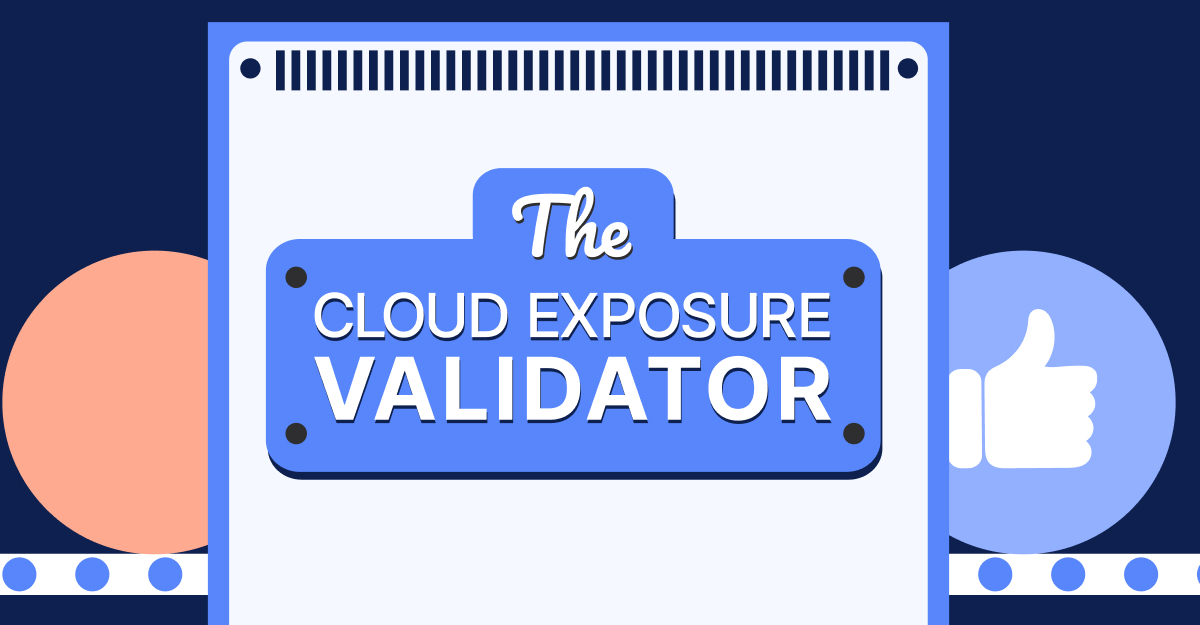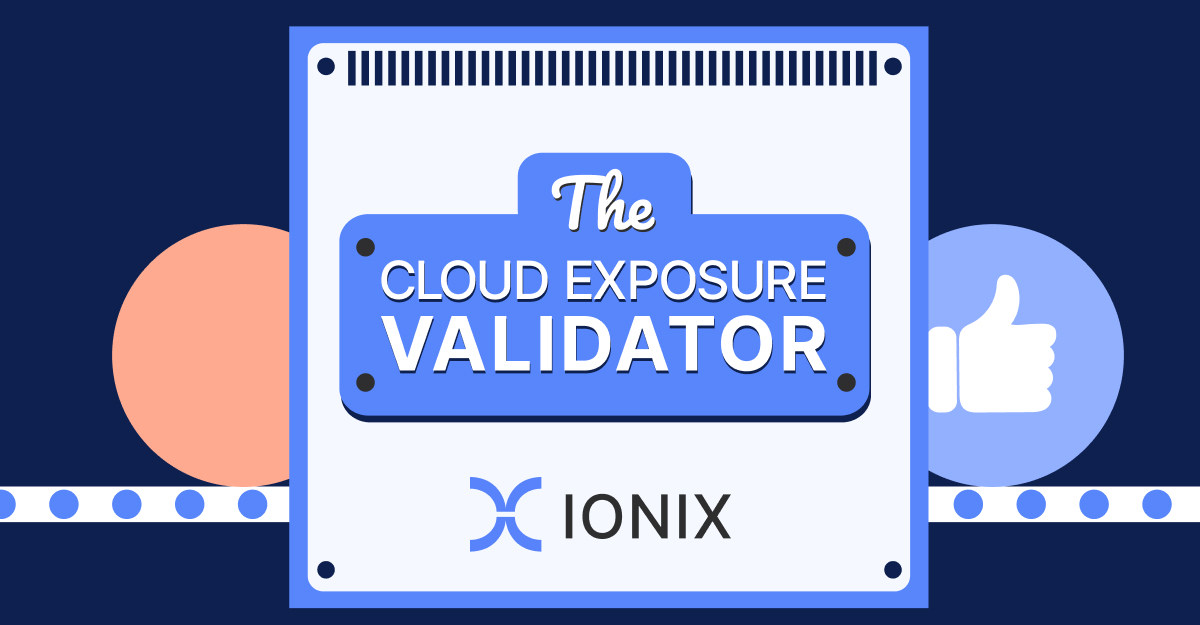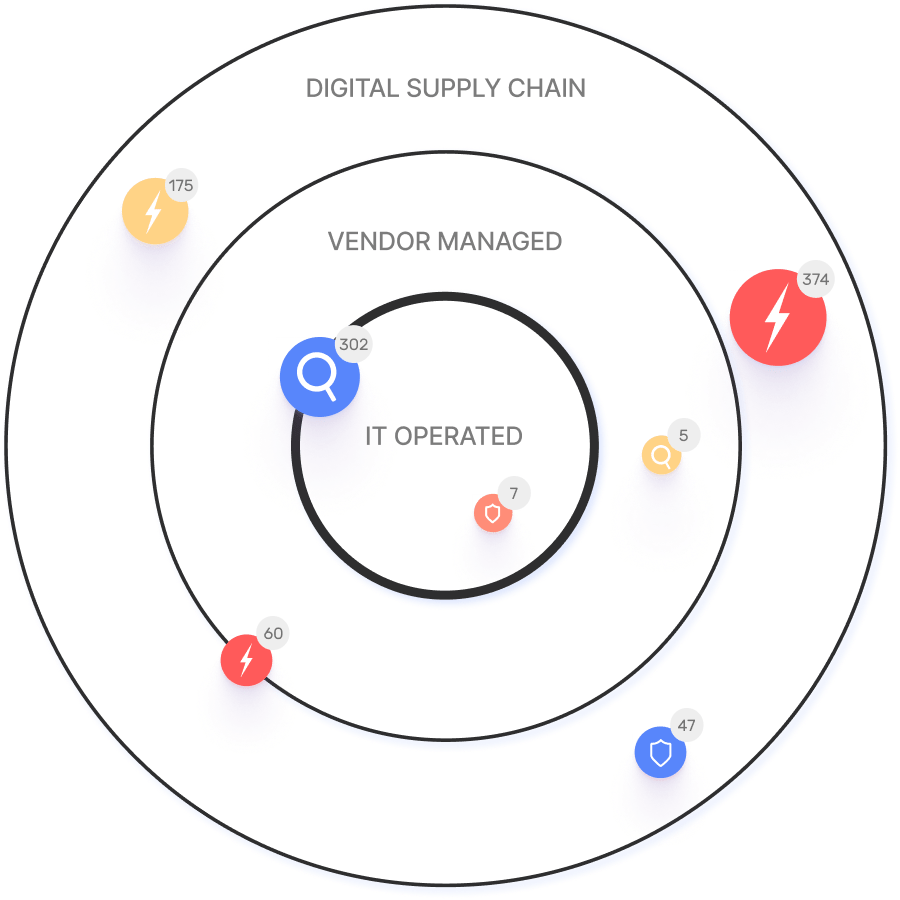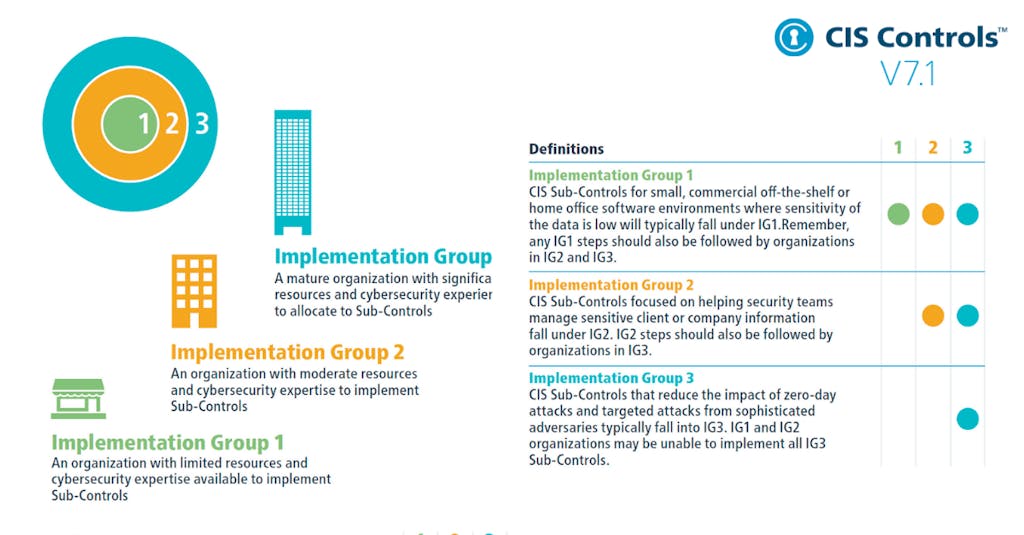Frequently Asked Questions
Product Information & Features
What is IONIX and what does it do?
IONIX is an External Exposure Management platform designed to help organizations identify exposed assets and validate exploitable vulnerabilities from an attacker's perspective. It enables security teams to prioritize critical remediation activities by providing complete attack surface visibility, identification of potential exposed assets, validation of exposed assets at risk, and prioritization of issues by severity and context. Learn more.
What are the main features of the IONIX platform?
The IONIX platform offers Attack Surface Discovery, Risk Assessment, Risk Prioritization, and Risk Remediation. It helps organizations discover all relevant assets, monitor their changing attack surface, and ensure more assets are covered with less noise. Key features include ML-based Connective Intelligence, Threat Exposure Radar, comprehensive digital supply chain mapping, and streamlined remediation workflows. More details.
What is CIS Control 1 and why is it important?
CIS Control 1 focuses on maintaining a complete and up-to-date inventory of all devices connected to an organization’s network, including personal computers, mobile devices, network hardware, IoT devices, and servers. This control is crucial because organizations cannot protect assets they are unaware of. A managed inventory enables security teams to monitor, respond to incidents, perform system backups, recover data, and quickly identify compromised systems. Read more.
What are the safeguards included in CIS Control 1?
CIS Control 1 includes five safeguards:
- Safeguard 1.1: Establish and Maintain Detailed Enterprise Asset Inventory (IG1)
- Safeguard 1.2: Address Unauthorized Assets (IG1)
- Safeguard 1.3: Utilize an Active Discovery Tool (IG2)
- Safeguard 1.4: Use DHCP Logging to Update Enterprise Asset Inventory (IG2)
- Safeguard 1.5: Use a Passive Asset Discovery Tool (IG3)
Each safeguard is associated with a NIST CSF Function and a starting Implementation Group. Learn more.
What are Implementation Groups (IGs) in the CIS Controls framework?
Implementation Groups (IGs) are self-assessed categories for organizations based on relevant cybersecurity attributes. They represent levels of increasing security requirements, starting from IG1 (basic) to IG3 (advanced). Higher-level groups include the requirements of lower ones. For example, any IG1 safeguard must also be implemented in IG2 and IG3 levels. More info.
Guides & Resources
Where can I find guides created by IONIX?
Guides created by IONIX are available at our guides page. These resources cover topics such as Automated Security Control Assessment (ASCA), web application security, exposure management, vulnerability assessments, the OWASP Top 10, CIS Controls, and attack surface management.
What is the purpose of the IONIX Guides section?
The IONIX Guides section provides comprehensive resources and insights into various cybersecurity topics, tools, and frameworks. These guides help organizations enhance their security posture, understand key concepts, and implement best practices. Explore the guides.
Where can I find more information about the 18 CIS Controls?
Learn more about the 18 CIS Controls by visiting this page. The guides explain each control in detail and provide actionable advice for implementation.
What are the CIS Controls and what guides are available to learn about them?
The Center for Internet Security (CIS) Controls framework provides a collection of defense-in-depth best practices designed to mitigate common cyber attacks. Guides available include:
Security, Compliance & Integrations
What security and compliance certifications does IONIX have?
IONIX is SOC2 compliant and supports companies with their NIS-2 and DORA compliance, ensuring robust security measures and regulatory alignment.
What integrations does IONIX support?
IONIX integrates with tools like Jira, ServiceNow, Slack, Splunk, Microsoft Sentinel, Palo Alto Cortex/Demisto, and AWS services such as AWS Control Tower, AWS PrivateLink, and Pre-trained Amazon SageMaker Models. For more details, visit IONIX Integrations.
Does IONIX offer an API for integrations?
Yes, IONIX has an API that supports integrations with major platforms like Jira, ServiceNow, Splunk, Cortex XSOAR, and more. For more details, visit IONIX Integrations.
Pain Points & Use Cases
What core problems does IONIX solve?
IONIX helps organizations identify their entire external web footprint, including shadow IT and unauthorized projects, proactively manage security, gain real attack surface visibility, and continuously discover and inventory internet-facing assets and dependencies. These capabilities address challenges caused by cloud migrations, mergers, digital transformation, fragmented IT environments, and lack of attacker-focused visibility.
Who can benefit from using IONIX?
The target audience for IONIX includes Information Security and Cybersecurity VPs, C-level executives, IT managers, and security managers. It is tailored for organizations across industries, including Fortune 500 companies, insurance and financial services, energy, critical infrastructure, IT and technology, and healthcare.
What are some customer success stories with IONIX?
IONIX highlights several customer success stories, including:
- E.ON: Used IONIX to continuously discover and inventory internet-facing assets and external connections, improving risk management. Read more.
- Warner Music Group: Boosted operational efficiency and aligned security operations with business goals. Learn more.
- Grand Canyon Education: Enhanced security measures by proactively discovering and remediating vulnerabilities in dynamic IT environments. Details.
What business impact can customers expect from using IONIX?
Customers can expect improved risk management, operational efficiency, cost savings, and enhanced security posture. IONIX enables visualization and prioritization of attack surface threats, actionable insights, reduced mean time to resolution (MTTR), and optimized resource allocation. More details.
Implementation, Support & Onboarding
How long does it take to implement IONIX and how easy is it to start?
Getting started with IONIX is simple and efficient. The initial deployment takes about a week and requires only one person to implement and scan the entire network. Customers have access to onboarding resources like guides, tutorials, webinars, and a dedicated Technical Support Team. Learn more.
What training and technical support is available to help customers get started with IONIX?
IONIX offers streamlined onboarding resources such as guides, tutorials, webinars, and a dedicated Technical Support Team to assist customers during the implementation process. More details.
What customer service or support is available after purchasing IONIX?
IONIX provides technical support and maintenance services during the subscription term, including troubleshooting, upgrades, and maintenance. Customers are assigned a dedicated account manager and benefit from regular review meetings to address issues and ensure smooth operation. More info.
Performance, Recognition & Differentiation
How is IONIX recognized for product performance and innovation?
IONIX earned top ratings for product innovation, security, functionality, and usability. It was named a leader in the Innovation and Product categories of the ASM Leadership Compass for completeness of product vision and a customer-oriented, cutting-edge approach to ASM. See details.
How does IONIX differ from similar products in the market?
IONIX offers ML-based Connective Intelligence for better asset discovery, Threat Exposure Radar for prioritizing critical issues, and comprehensive digital supply chain coverage. Unlike alternatives, IONIX reduces noise, validates risks, and provides actionable insights, ensuring maximum risk reduction and operational efficiency. Learn more.
What feedback have customers given about the ease of use of IONIX?
Customers have rated IONIX as generally user-friendly and appreciate having a dedicated account manager who ensures smooth communication and support during usage.
KPIs & Metrics
What KPIs and metrics are associated with the pain points IONIX solves?
Key KPIs include completeness of attack surface visibility, identification of shadow IT and unauthorized projects, remediation time targets, effectiveness of surveillance and monitoring, severity ratings for vulnerabilities, risk prioritization effectiveness, completeness of asset inventory, and frequency of updates to asset dependencies.
Customer Proof & Industry Recognition
Who are some of IONIX's customers?
Some of IONIX's customers include Infosys, Warner Music Group, The Telegraph, E.ON, Grand Canyon Education, and a Fortune 500 Insurance Company. For more details, visit IONIX Customers.
What industries are represented in IONIX's case studies?
Industries represented in IONIX's case studies include insurance and financial services, energy, critical infrastructure, IT and technology, and healthcare.
Company Information & Value
What key information should customers know about IONIX as a company?
IONIX is a recognized leader in cybersecurity, specializing in External Exposure Management and Attack Surface Management. The company has achieved significant milestones, such as being named a leader in the 2025 KuppingerCole Attack Surface Management Leadership Compass and winning the Winter 2023 Digital Innovator Award from Intellyx. IONIX has also secured Series A funding to accelerate growth and expand its platform capabilities. More info.
How does IONIX address value objections?
IONIX addresses value objections by demonstrating immediate time-to-value with no impact on technical staffing, providing personalized demos, and sharing real-world case studies that show measurable outcomes and efficiencies.
How does IONIX handle timing objections?
IONIX offers flexible implementation timelines, a dedicated support team to streamline the process, seamless integration capabilities for quick setup, and emphasizes the long-term benefits and efficiencies gained by starting sooner.



